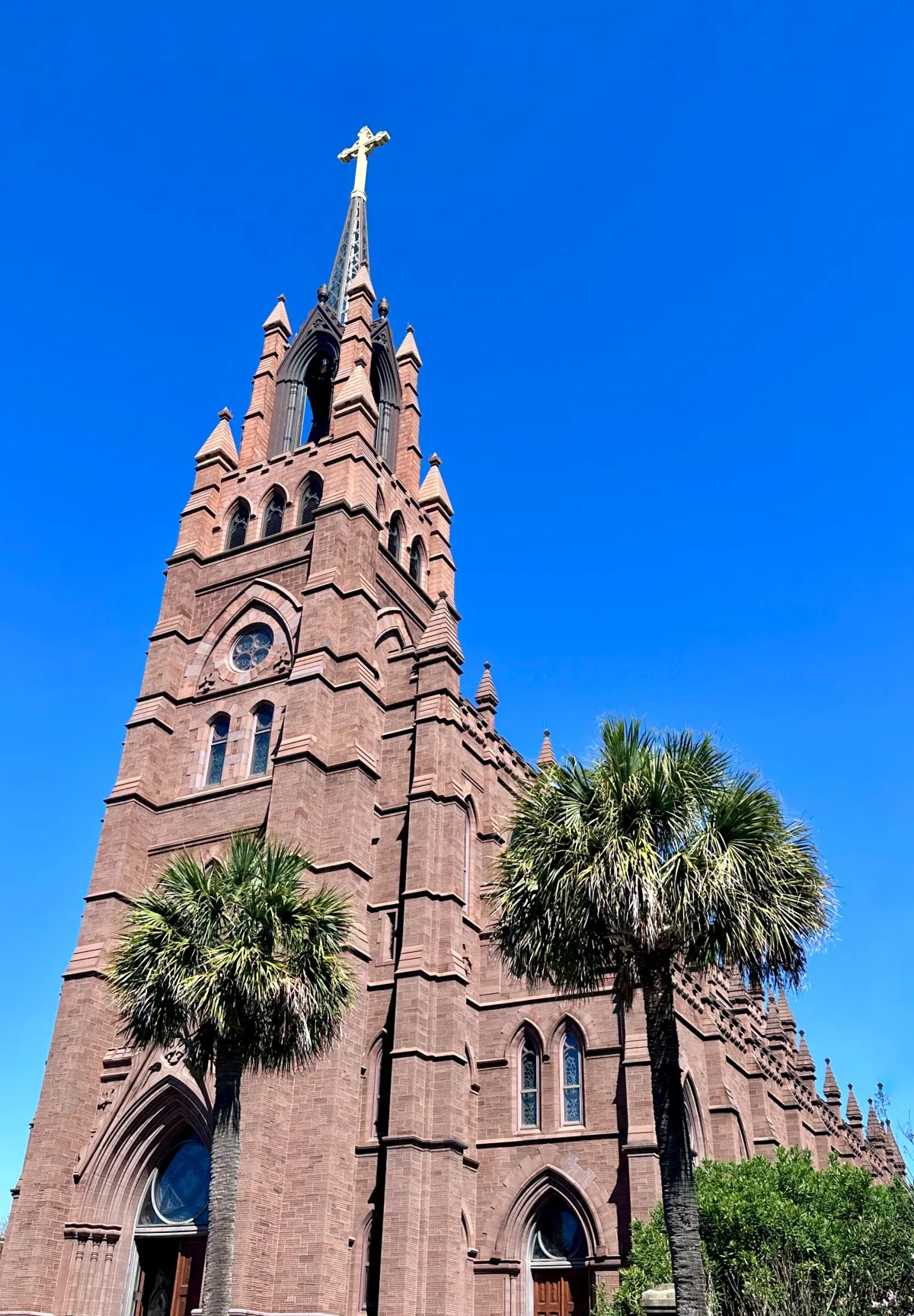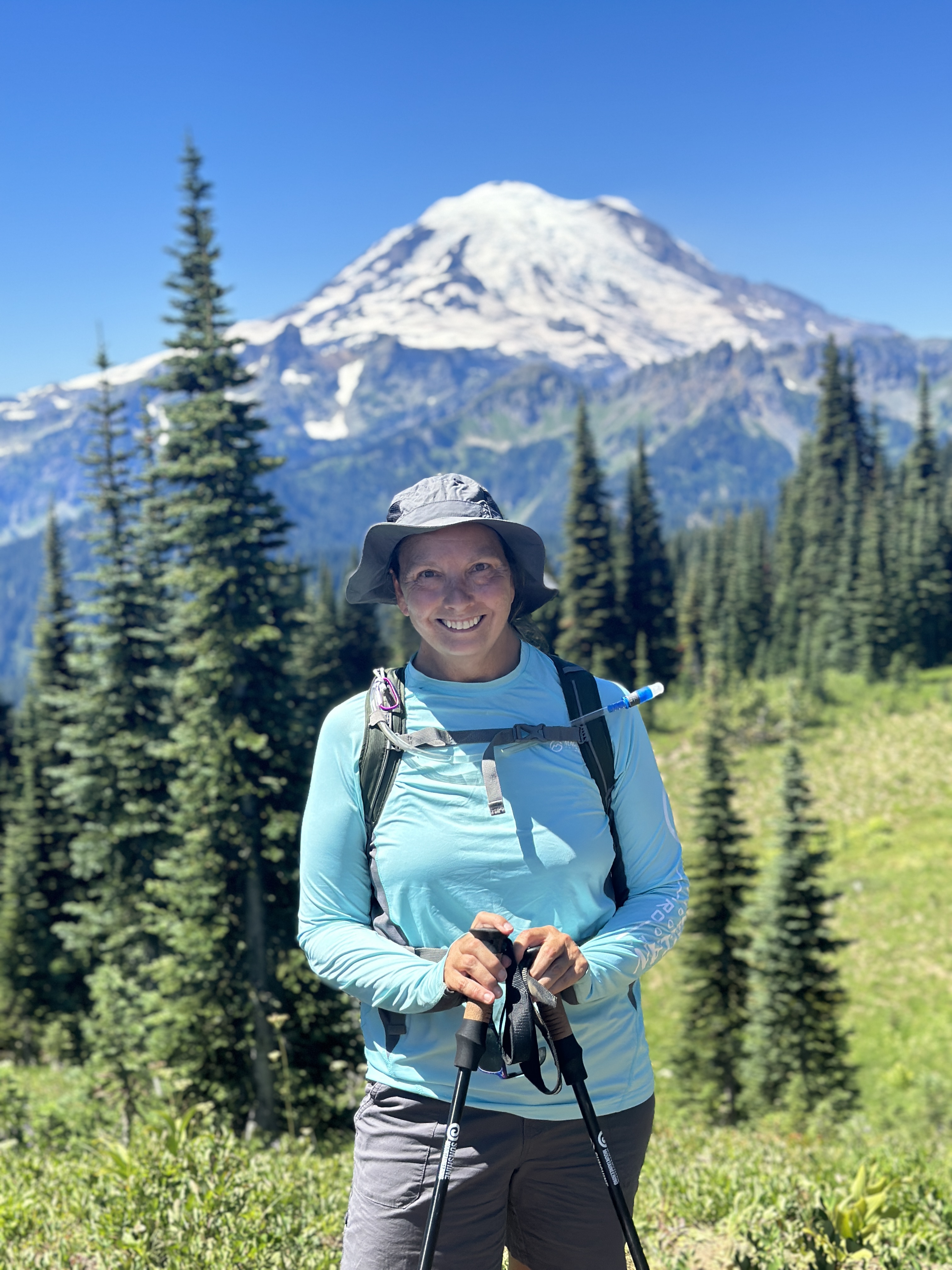
Discovering the Enchantment of Charleston's French Quarter
A Journey Through History and Faith
Nestled in the far southeast corner of Charleston, South Carolina, lies its historic French Quarter. If you're conjuring up visions of New Orlean's French Quarter; don't. Charleston's FQ is completely different! Don't get me wrong, I love the energy, excitement and of course the food in NOLA but this is a pristine, quiet, southern neighborhood full of history and charm. It has the usual boutiques, cafes and pubs but what struck me the most were all the grand churches and the feeling of walking through a history book (an interesting one!).
Built in 1850 and named for its early French settlers, the French Quarter is one of Charleston's oldest neighborhoods. Its cobblestone streets, are surrounded with pastel painted buildings, museums and the famed Charleston City Market. Even though there are historical markers everywhere to guide you, there is literally a beautiful surprise waiting at every turn. This French Quarter, unlike New Orleans', offers a perfect blend of history, culture, and spirituality. Having only a few hours to explore, I focused most of my time searching through the incredible churches. The grandest of them all was the Cathedral.
Dominating the skyline of the French Quarter is the Cathedral of St. John the Baptist. Completed in 1854, the cathedral gave me chills as I walked toward it with its stunning, old world architecture. I spent several minutes inside kneeling in prayer and absorbing God’s presence.
The Cathedral is only one of four churches that I spent time in and is, incredibly, one of the newer of the historical churches built in the area.


Four of the oldest churches are St Phillip’s Episcopal Church, the French Huguenot Church, The Circular Congregational Church and St. Michael’s Episcopal Church.
St. Philip's Episcopal Church was founded in 1681, and is the oldest religious congregation in South Carolina. The current building was completed in 1836. As with all but the Cathedral, the grounds of the church serve as the final resting place for many prominent figures from Charleston's history, including politicians, military leaders, and artists. During the Revolutionary War, St. Philip's Church was used as a stable for horses by British troops occupying Charleston, and as a hospital during the Civil War.

Like St. Phillip's, the French Huguenot Church was also founded in 1681. It is one of the oldest Huguenot churches in the United States and was established for the French Huguenots fleeing religious persecution in Europe. The current church has been standing since 1845 and ox blood was used in its original paint which worked as a preservative and a deterrent for mold. Note that no ox were hurt when it was repainted a few years ago, 😜 but they did maintain its original pink color for historical integrity.

Its cemetery contains graves of early Huguenot settlers and their descendants, reflecting the rich cultural heritage of the congregation.
During the Revolutionary War, the French Huguenot Church provided support to the Patriot cause, with many of its members actively participating in the fight for independence.

The Circular Congregational Church was also established in 1681, and is one of the oldest continuously worshiping congregations in the South. It's named for its original circular design, which was intended to promote community and inclusivity among its members.
Its current building was completed in 1892 after several fires and hurricanes destroyed the original structures.
Its cemetery dates back to the early 18th century and holds the remains of notable figures such as Charles Pinckney, a signer of the U.S. Constitution.
During the Revolutionary War, the church played a crucial role by providing aid and support to wounded soldiers, serving as a makeshift hospital and a place of refuge for both British and American troops.

The fourth and final church I visited was St. Michael's Episcopal Church which was founded in 1751. St. Michaels is known for its towering 186-foot-tall steeple which was completed in 1764. The famed historic clock was also installed in 1764, and is the oldest functioning public clock in the United States.
St. Michaels is also known for hosting several U.S. presidents, including George Washington, who attended services at the church during his visit to Charleston in 1791.
The churchyard is the burial site of notable figures like John Rutledge, a signer of the U.S. Constitution and Chief Justice of South Carolina. During the Revolutionary War, St. Michael's Church played a significant role as both a place of worship and a strategic location. The British used its steeple as an observation post, while Patriots used it for signaling and communication.
You can now understand why I only focused on one small part of Charleston. Exploring and learning about these churches and the settlers who founded them is a full day itself. The French Quarter alone offers so many other interesting sites and beautiful gardens and all are within walking distance of each other. I didn't even mention the Cooper River which runs along the northern edge of the area. The famed Pineapple Fountain and tree lined, Joe Riley waterfront park are just a few blocks from the churches.
So, the next time you find yourself in Charleston, be sure to set aside some time to explore this historic neighborhood and discover the beauty and history lessons around every corner.



LinkedIn
Facebook
Instagram
Youtube